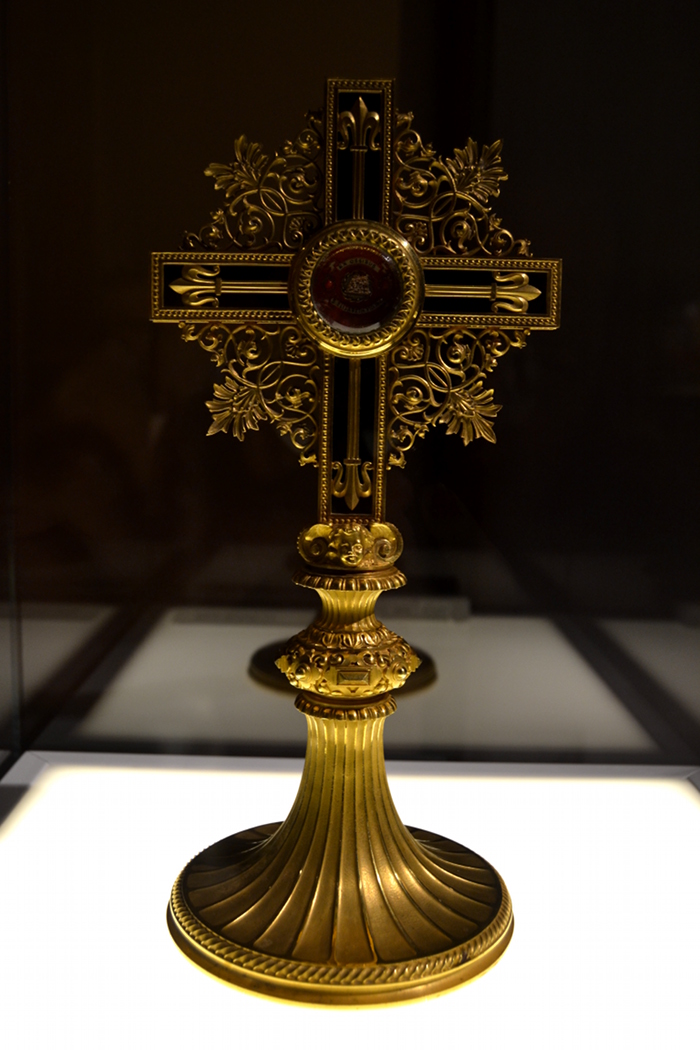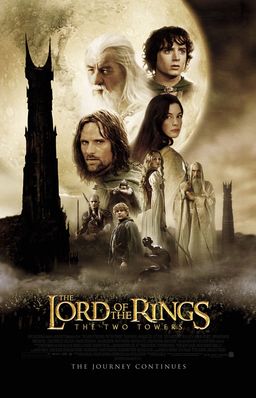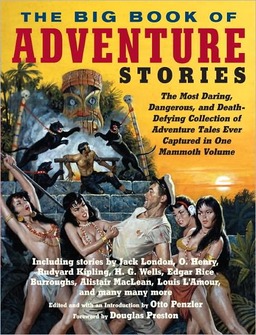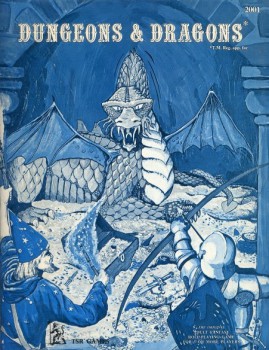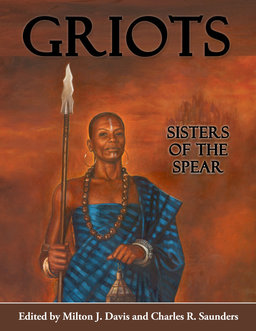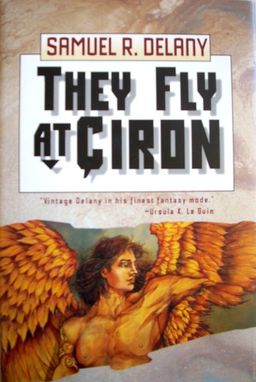Vintage Treasures: Br-r-r-! edited by Groff Conklin
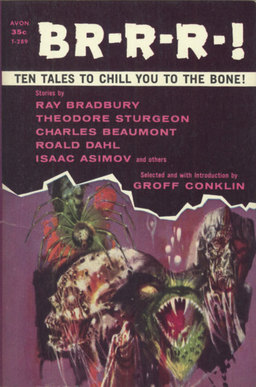 You’ve got to admire an editor who titles his anthology Br-r-r-! You just know it caused fits with distributors, book sellers, librarians and other folks who alphabetize books for a living.
You’ve got to admire an editor who titles his anthology Br-r-r-! You just know it caused fits with distributors, book sellers, librarians and other folks who alphabetize books for a living.
Mind you, Br-r-r-! was Conklin’s 21st science fiction anthology, and I figure by that point you’ll do anything to break up the tedium a bit. It was released in 1959; by 1964 he was so desperate for new topics he was putting out books like Great Detective Stories About Doctors (um, what?). He eventually produced 44 anthologies, before (presumably) going crazy and locking himself in a lighthouse.
In any event, Br-r-r-! looks like a terrific collection, starting with that striking and original Richard Powers cover. Put that cover on a phone book, and I still might choose to read that over a lot of other stuff on the shelves in 1959. Just sayin’.
Here’s the back-cover text. If this doesn’t bring you back to the classic era of 1950s monster movies, then your education is seriously lacking.
B R R R R ! — you’ll shudder when you meet:
THE MONSTER WORM that took 200 years to come up from the depths of the damned — it hated mankind!
THE BEETLE FROM HELL whose stinger brought slow, excruciating death — its evil eyes held the promise of something even worse!
THE LIVING CORPSE that commanded a graveyard. It sentenced a mortician to the bubbling bowels of hell!And in “Legal Rites,” Isaac Asimov relates the fascinating — and gory — story of a blood-dripping specter fighting for its right to haunt a house. Asimov flavors pure horror with a unique brand of fantastic humor.
These are some of the blood-curdling, heart-pounding messengers of horror to be found in these bloodstained pages of evil!
Just for the record, the pages in my copy are not actually bloodstained. Or evil.
